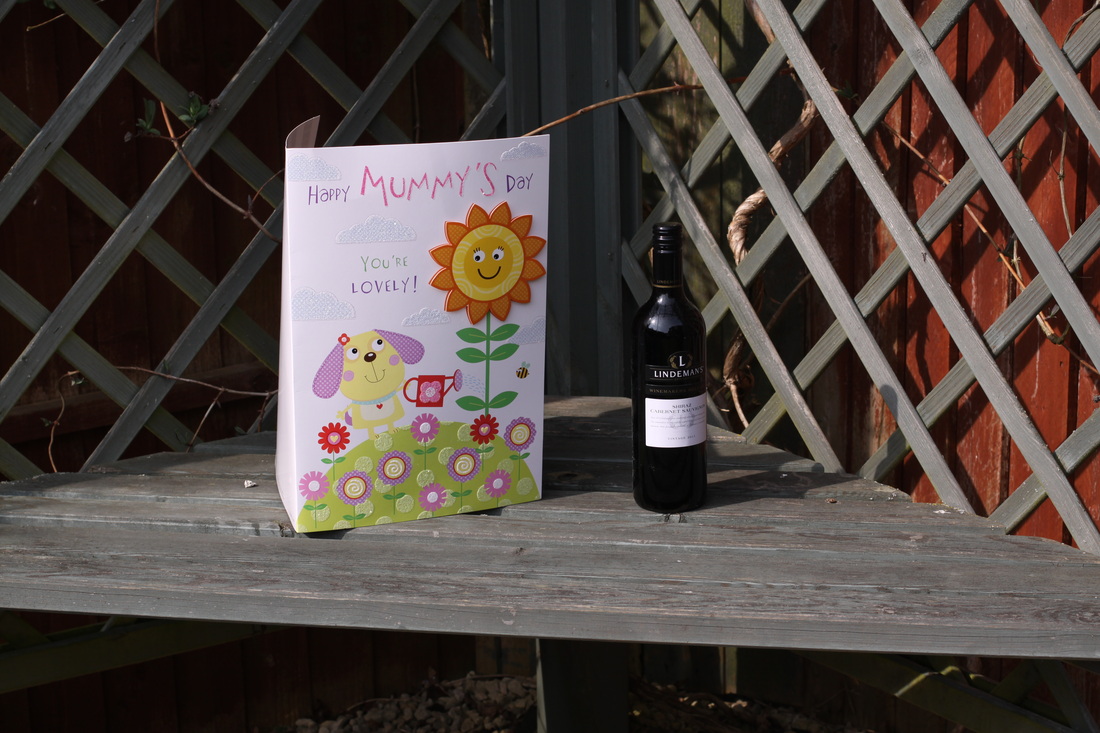For this exercise I needed to find a scene that included a bright surface and dark shadows in bright sunlight. All noise reduction was turned off and the ISO was set at 100 as instructed. My camera's evaluative metering gave an exposure reading of 1/250 @ F6.3 , in order to prevent the highlights being clipped I needed to underexpose and adjust this to 1/400 @ F6.3.Using spot metering I then measured 5 areas within the frame all @ F6.3 ISO 100
The white area of the card 1/1250
Fence at right hand side 1/80
Area directly behind the card 1/25
Area around the bottle (difficult due to reflectance) 1/15
Floor area underneath the bench 1/5
This gives a dynamic range of 8 stops
For the next part of the exercise I needed to use the pixel sampler in PS to check the value of the white card to ensure it was just slightly less than 255, which it was, and finally look at the shadow areas to check where digital noise and detail became indistinguishable, I found this bit rather confusing. I must admit I initially found this exercise difficult to comprehend but after completing it have come to the conclusion its purpose was to make me realise that in a difficult lighting situation that is beyond the dynamic range capabilities of my camera some sort of compromise needs to be made. If the scene is within the 8 stops range of my camera I can be reasonably sure I will be able to capture the whole range of tones without highlight clipping or digital noise. Beyond this range a decision would need to be made whether to under or overexpose, this then relies on an aesthetic judgment, and becomes a much more personal choice. Michael Freemans book Perfect Exposure: The Professional Guide to Capturing Perfect Digital Photographs has a section dedicated to this he comments " In exposure there is no wrong and there is no right----Like any artist you have to stand by your own opinion. Not everyone will agree with what you do, but does that matter ?" Pg115. Another skill he suggests is well worth trying to develop is "the simple ability to look at a scene , see blocks of similar brightness, know intuitively what that brightness is , and how that translates into stops "Chapter 4:Style Pg 16. With this sort of knowledge the actual dynamic range of a scene becomes less relevant than the ability to recognise that it is beyond the camera's limits to capture the full tonal range and understanding how to deal with. This exercise has been an eye-opener for me as I was totally ignorant about the dynamic range of my camera and its capabilities even though I consider myself quite proficient with the technicalities of photography- I always manually expose, usually with reasonable results. Since completing this exercise I have bought a Sekonic light meter (see reading section March 2012) as perhaps the most important factor to successful photography is learning how to use light effectively and creatively and I hope this meter will help me in tricky light situations to make a successful decision.
http://en.wikipedia.org/wiki/Dynamic_range

 RSS Feed
RSS Feed